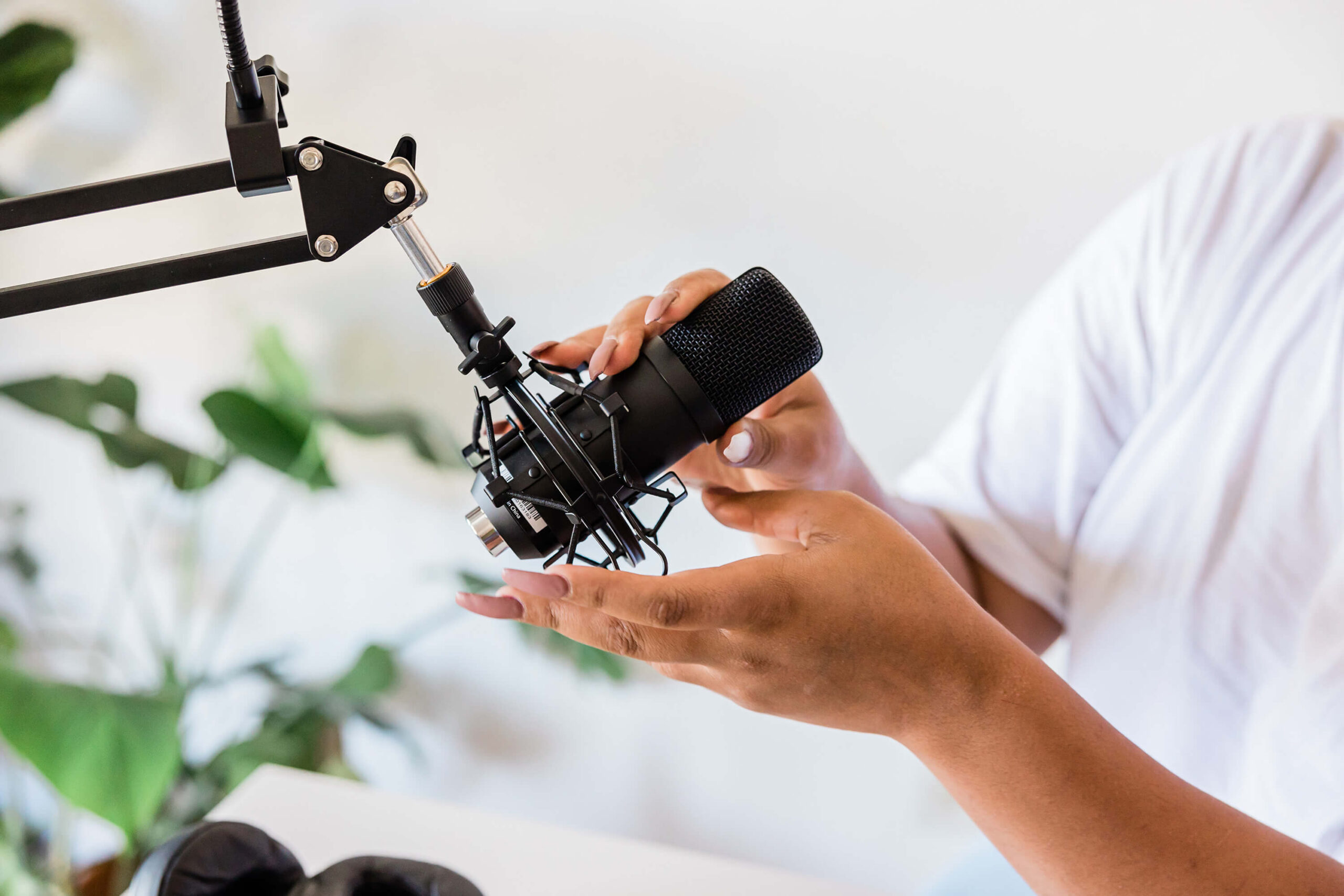Have you ever wondered how a podcast episode actually gets from your computer to your listeners?
The key is your podcast RSS feed, which shares all of your new episodes automatically with all podcast directories, like Apple Podcasts and Spotify.
So in this short post, I’ll explain what an RSS feed is, how to create it, and how it automatically adds new episodes to your podcast in all major listening apps.
Podcast RSS feed 101
RSS stands for “Really Simple Syndication.” It’s a type of web feed that allows both humans and computer applications to get regular content updates in a standardized, text format.
This used to be a popular way to stay updated on blog content, and it’s still used minimally.
But for us, RSS feeds matter because all listening apps – like Apple Podcasts, Google Podcasts, and Spotify – use RSS feeds to auto-populate new episodes for each podcast.
As an example, here’s the RSS feed for Everything is Teachable: https://feeds.simplecast.com/lNmB8LWo
This isn’t your website URL, nor is it formatted for viewers. Instead, this URL stores data that the apps can read and share with your listeners, and the good news is that you don’t need any technical knowledge to create an RSS feed.
How to create your podcast RSS feed
One of the most crucial tools you’ll need as a podcaster is called a podcast hosting platform.
Your hosting platform will let you create your podcast and RSS feed, and uses a drag-and-drop builder to let your schedule and release new podcast episodes.
🎙️ If you’re looking for recommendations, here’s our roundup of the top podcast hosting platforms (including exclusive savings).
Here’s what the workflow feels like each week:
- You create a great podcast episode.
- You log into your podcast hosting platform.
- Using simple tools, you drag in your audio file and add in your episode description and other key details.
- You schedule your episode to publish on a certain date and time.
- When the episode is published, your podcast audio host will create a new file entry in your RSS feed. And since you’ve previously submitted your podcast to all of the listening apps – a one-time task – now your new episodes will appear automatically any time your RSS feed changes.
No matter which podcast host you choose, your RSS feed URL will look similar, with the podcast hosting service in the URL, your podcast’s name, and either the word ‘feed’ or ‘RSS.’
And after submitting your RSS feed to those directories, you should be all set! From there, you’ll be able to manage everything using your podcast hosting platform. Click here to see our favorites.




